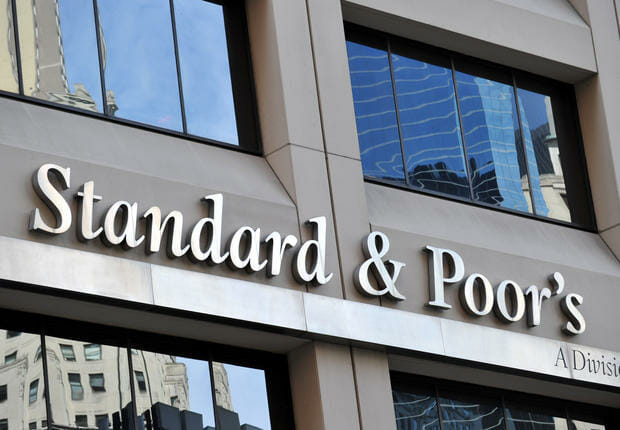
S&P Global Ratings has projected Asia-Pacific economies to grow at 5.1% in 2022 with Malaysia’s growth rates to be at 5.8%.
It said that its expectation for robust 5.1% growth in 2022 tracks our view that Asia-Pacific’s COVID recovery is at an earlier stage than that playing out in the U.S. and Europe.
“While output will remain below the pre-Covid trend for a long time in several economies, its forecast for GDP growth around 4.5% in 2023-2025 means the Asia Pacific will likely resume the status as the world’s fastest-growing large region,” it said.
On Southeast Asia, S&P said that the region made a strong recovery during the final quarter of 2021.
It said that the softening global demand growth and the Russia-Ukraine conflict will weigh on the region’s economy in 2022.
The rating agency said that this should slow the expansion of exports and manufacturing, which were key growth drivers in 2021, while greater uncertainty and higher energy prices will weigh on domestic consumer sentiment.
As a result, it has lowered its 2022 growth forecast for emerging Southeast Asia to a still robust 5.0%, from 5.6% in November.
It said that the high energy prices will be a pain point for the region’s consumers and will strain some nations’ current-account balances.
Malaysia is well-positioned to weather higher energy prices as a net energy exporter, primarily of gas. Producers will not be able to fully benefit from energy price rises, because the government will likely limit the increases they can pass onto domestic consumers. Indonesia is also a net energy exporter, but much of its surplus is driven by coal exports. The country is an oil importer.
The rating agency said that the oil product consumers will still feel the pinch of higher crude prices. “The other economies in the region are net energy importers; higher energy prices will hit purchasing power and the current account in these countries,” it said.
Broadening inflationary pressure and rising U.S. policy rates are pushing regional central banks toward tighter policy. Weakening confidence and risk sentiment will weigh on growth. Southeast Asian central banks will cautiously raise rates in such an environment.
Our baseline forecast is for less monetary policy normalization than in the U.S. However, if rates rise in the U.S. and deteriorating risk sentiment triggers capital outflows, Southeast Asian central banks may be forced to tighten monetary policy more than we now anticipate in our base case.
On inflation, it said that producer prices were rising at the start of the year, and the outbreak of the Russia-Ukraine war has drastically amplified the trend. Consumer inflation is exceeding targets in Australia, India, New Zealand, the Philippines, Singapore, South Korea, and Thailand and this is putting some central banks on a tightening path.
It said that inflation and financial stability considerations have led the Bank of Korea and the Reserve Bank of New Zealand to raise rates in 2022, adding to increases in 2021. The Monetary Authority of Singapore has twice tightened its policy since the fall of 2021. Taiwan’s central bank in March raised rates in the same week as the U.S. Federal Reserve.
On War in Ukraine, it said that it is perhaps the biggest X-factor in our economic outlook. S&P said that as discussed in our preliminary global forecast of March 8, the effect of this conflict will largely be transmitted through global markets and international trade.“Our new global forecast assumes the conflict will remain contained in intensity and geography and will be limited in length. The war will continue for two quarters, in our opinion, with sanctions on Russia likely to remain in place after armed conflict has ended. Average oil prices in 2022 should be about one-third higher than what we assumed in November 2021,” it said.








